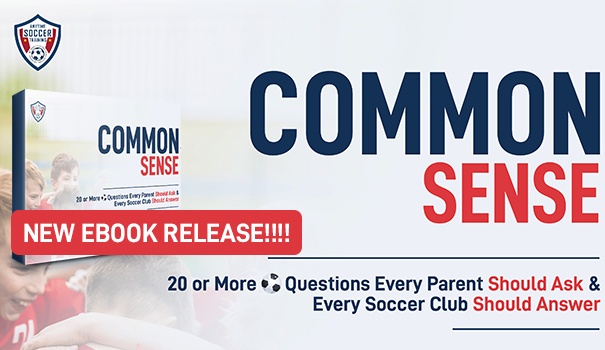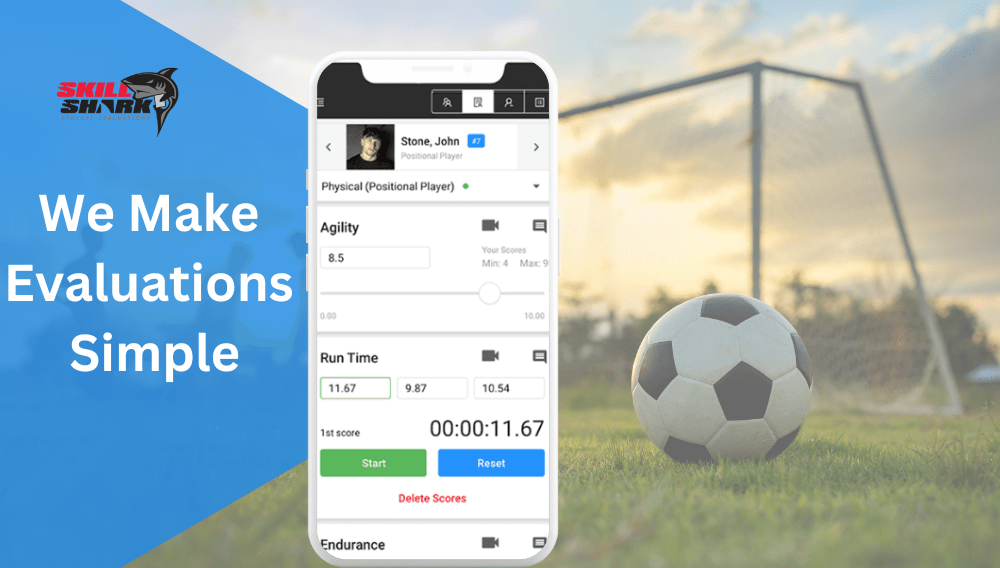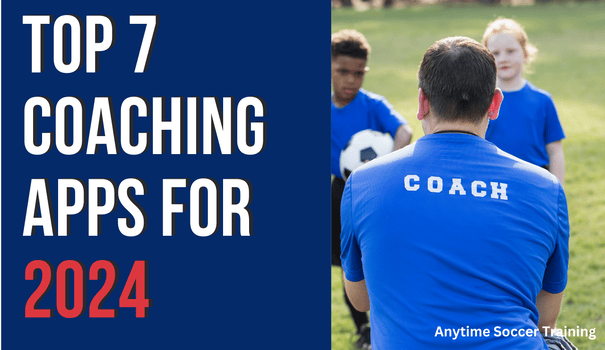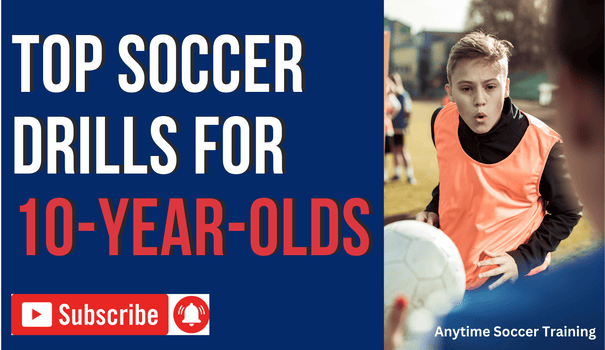Running a soccer tryout is a big task that can be pretty stressful for everyone involved—parents, players, and even coaches. Evaluating athletes’ skills and work ethics while balancing everything is no easy feat.
There are so many components to consider, from the mental aspects of the game and managing existing players to ensuring clear communication and forming competitive teams.
In this blog post, I’ll share five essential tips to help you run a smooth and effective soccer tryout.
1. Choose the Right Drills
The primary goals of soccer tryout drills are to:
- Gain insights into a player’s ability
- Assess each player’s fit for the club
- Determine the most suitable team
To achieve these goals, the drills must comprehensively test each component of soccer development, including technical ability, game awareness, coachability, and fit within existing teams.
Tips for selecting soccer tryout drills:
When selecting soccer tryout drills, it’s essential to focus on key soccer skills such as:
- Technical ability
- Tactical awareness
- Speed and mobility
- Game Impact
- Winning mentality
Choose 3-4 drills for each skill to assess players’ abilities. For instance, when evaluating dribbling, consider incorporating drills like:
- Cone dribbling
- 1 vs. 1 dribbling
Additionally, when assessing tactical awareness and game impact, utilize small-sided games with appropriate constraints.
This approach allows players to demonstrate their understanding of the game’s nuances and their ability to make effective decisions in a dynamic environment.
When planning drills, consider how they contribute to these broader objectives. By evaluating players holistically, you can make more informed decisions about their potential contributions to the team dynamic and their ability to adapt to various positions and playing styles.
2. Select Unbiased Evaluators
To ensure fairness, it’s crucial to select evaluators who have no personal connections to the athletes. Even if a coach is highly skilled, they may still have biases that they’re not aware of.
By involving neutral evaluators, you create a level playing field where players are assessed solely on their technique, character, and skill level.
This approach provides an equal opportunity for all participants and ensures that team selections are based on merit rather than personal relationships.
3. Plan Drill Stations
When planning your soccer tryout, it’s essential to organize drill stations effectively to facilitate standardized assessments. Here’s a checklist to ensure your soccer drill stations are prepared:
Equipment Availability: Verify that each station has all the necessary equipment readily available. This includes soccer balls, cones, agility markers, and any other props required for the drills.
Station Numbering: Clearly number each station to avoid confusion and ensure smooth navigation for both players and evaluators. Numbering the stations helps maintain order and streamlines the tryout process.
Adequate Space: Assess whether each station has sufficient space for players to perform the drills comfortably. Overcrowded stations can hinder players’ movements and affect the accuracy of their assessments.
Clear Pathways: Create clear pathways between the drill stations to facilitate smooth movement for players transitioning from one station to another. Clear pathways minimize congestion and help maintain the flow of the tryout.
By adhering to this checklist, you can ensure that your soccer drill stations are well-prepared for conducting standardized assessments during the tryout.
4. Clearly Explain the Drills
After a thorough warm-up, it’s important to explain each soccer drill to the players in a clear and understandable manner. Kids have different learning styles, so facilitators should use both verbal and visual instructions to ensure everyone comprehends the task.
For instance, using color-coded cones or visual aids can help players better understand the setup and objectives of each drill.
Conducting a comprehensive drill walkthrough at the beginning prevents disruptions during the timed stations, allowing players to spend the full allotted time executing each drill.
5. Make Timely Drafting Decisions
Ensure timely feedback post-tryout by aiming to release results within 48-72 hours. Provide athlete report cards with comprehensive feedback, regardless of team selection outcomes.
Utilize tools like SkillShark’s soccer evaluation app for streamlined tryout management.
With SkillShark’s soccer evaluation app, conducting tryouts becomes efficient and insightful. The app generates individual player reports, featuring:
- Scores for each evaluated skill
- (Optional) average team scores for comparison
- (Optional) overall athlete rank
Wrapping Up
By following these five tips for running a soccer tryout, you can ensure an efficient and fair evaluation process.
The right selection of drills and evaluators, coupled with clear communication and timely decisions, will help you build a well-rounded team.















